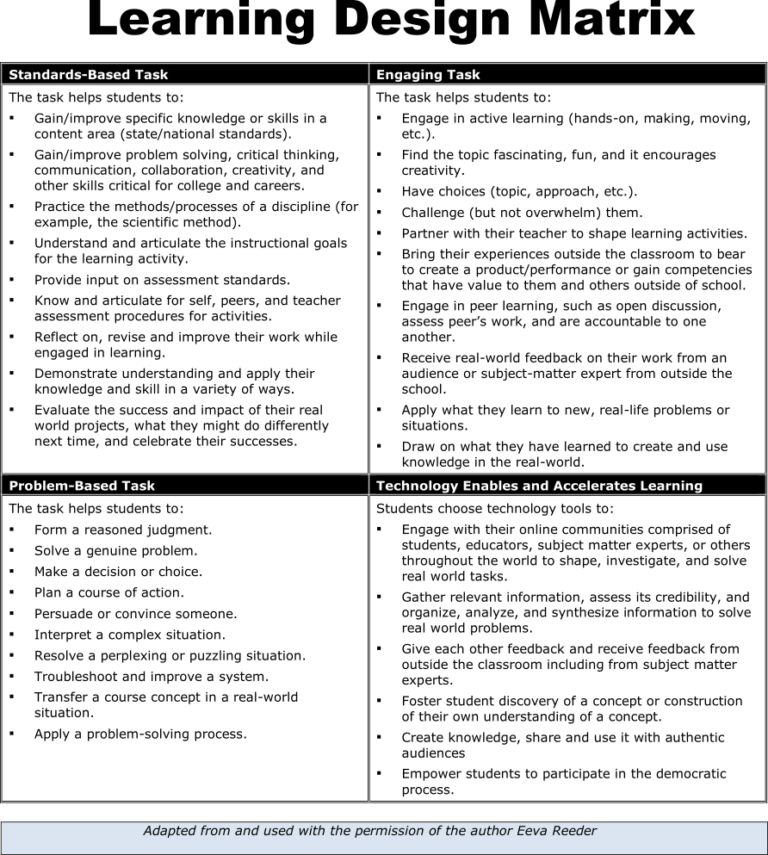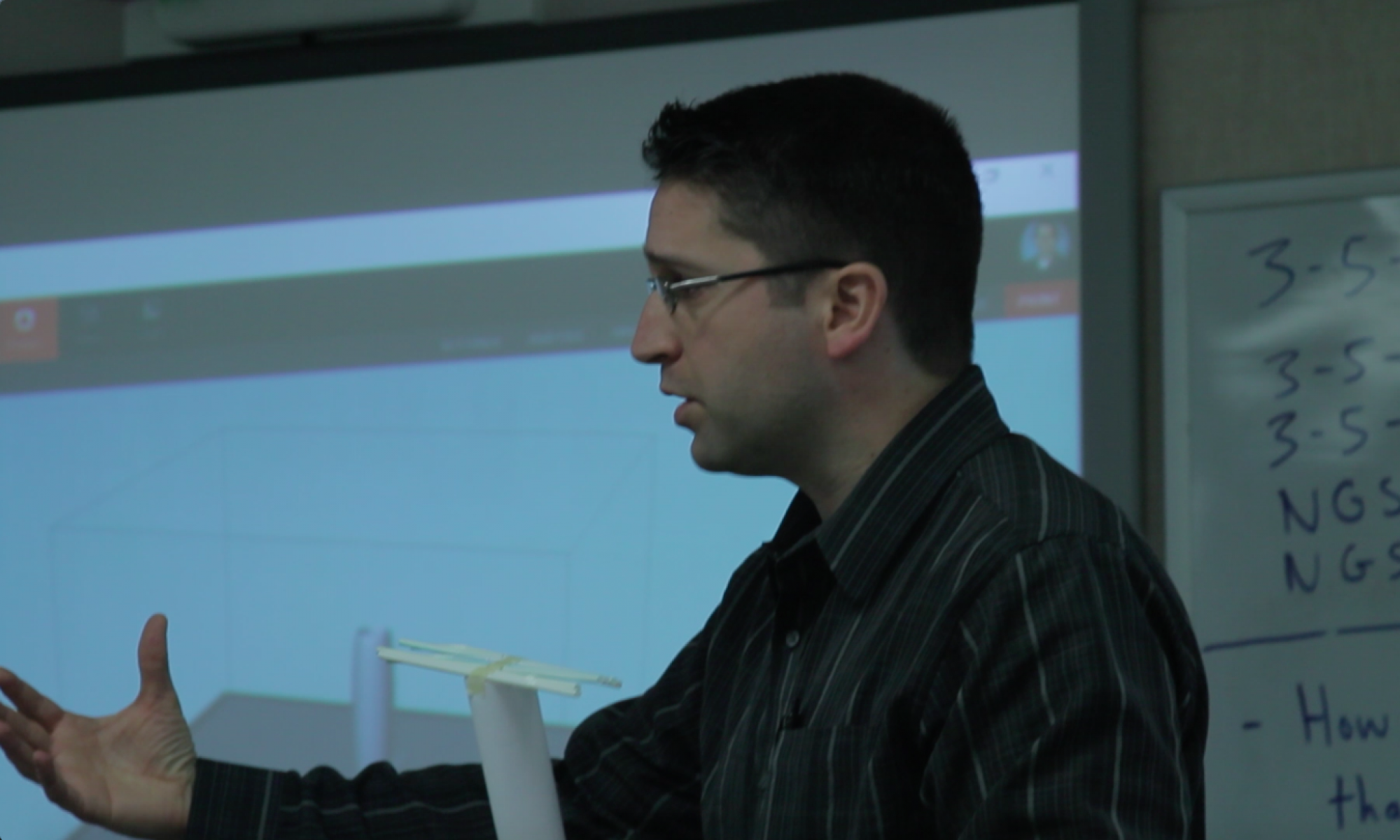
Peer coaching in the teaching profession is a humbling job. Whether part-time or full-time, a peer coach’s job is to help his or her colleagues improve their practice. In his book, “Peer Coaching: Unlocking the Power of Collaboration”, Dr. Les Foltos speaks to the critical role that a peer coach can play in a fellow teacher’s practice, “This process of observation and reflection is the most effective form of formative assessment for educators. It is their key to life-long learning.” Given that a teacher’s practice is as much personal as professional, a peer coach’s job is to take this into full consideration while helping the observed colleague to reflect, ask questions, and improve upon his or her practice. On an annual basis, this is the fall focus of the Digital Educational Leadership (DEL) program at Seattle Pacific University (SPU) where Dr. Les Foltos and Dr. David Wicks coach a cohort of instructional coaches on the delicate art and science of peer coaching.
Essential Question
How does an educational professional take pedagogical and andragogical instructional theory related to peer coaching and practically apply this in practice with a colleague?
Coaching a Colleague
The overarching task of peer coaches in the SPU DEL program is partnering with a peer to practice applied coaching skills and strategies. One of the first things to consider are the various roles and approaches that a peer coach can take on: facilitator, collaborator, expert, and catalyst. There are times for each, however, a 1-on-1 focus lends itself well to collaboration. If the interaction were more of a large-group instructional setting then facilitator may have been the best option, whereas more of a one-time consulting-type interaction may have meant an expert approach. Growing into relationship over time can result in a catalyst role, however, this generally takes time and a significant level of relational capacity. With all of this in mind, my approach to working with a colleague was to focus on the role of collaborator so that we could grow our peer coaching relationship together. Our initial meeting focused on getting to know each other with relation to this task, agreeing upon relational norms of interaction, and setting goals for our time together. This naturally led into and supported the rest of our peer coaching work together.
Planning Together
After our initial introductory meeting, my peer coaching colleague and I arranged a follow-up meeting to focus on a possible lesson together. We looked at a relatively new project that covered six hours of professional development learning for teachers. This presented a good opportunity to practice all of the critical skills that Dr. Foltos describes as essential to successful peer coaching, “The coach’s success rests on her ability to utilize skills in all three areas: coaching skills (communication and collaboration), ICT (information and communication technology) integration, and lesson design. Remove any leg and coaching could fail.” The skills of communication and collaboration were critical in our first session as well as leading into the planning session. My job was to actively listen and verify understanding through listening strategies such as paraphrasing and summary. Once my peer coaching partner verified mutual understanding then we could focus on the collaborative act of lesson planning together. Given that the lesson instruction focused around online teaching, information and communication technology skills became a critical part of the process by the very nature of the instructional context. We maintained the focus on the learning first and foremost, and then explored a variety of technology tools to support this process. Lastly, the third facet of lesson design was certainly part of the process from beginning to end. We approached lesson design based on the collaborating teacher’s experience, and kept this in mind as this would drive a lot of the reflection process.
Reflecting as a Team
The lesson reflection process centered around the Learning Design Matrix referenced and featured in Dr. Foltos’s peer coaching book. The matrix serves as the feature image of this blog post, and, as you can see, the focus of the four quadrants is on standards-based tasks, engaging tasks, problem-based tasks, and technology enables and accelerates learning. Fortunate enough to have established a positive rapport, my peer coaching partner and I were able to review the lesson of focus through the lens of all four quadrants from the Learning Design Matrix. Through the standards-based lens, we were able to look more closely at the learning targets. While the selected standards seemed well aligned, we were able to brainstorm ways to make them more explicit for learners. Engaging tasks take on a new dimension when learning online, so we looked at ways to build more interaction among participants. By keeping breakout group members consistent, we discussed how this would likely lead to more relational engagement by participants which would help increase task engagement. The lesson contained several problem-based tasks. What seemed missing, though, were ways to empower participants to better support each other so we brainstormed ongoing discussion board ideas. Lastly, we looked at technology–something that’s pervasive throughout online learning but can also become a distraction or impediment to application as a result. With this in mind, we looked at how technology could better support interaction and looked at learning tools that better support the human element of learning. The overarching coaching and reflection discussion had both breadth and depth as we explored numerous applications across the entire Learning Design Matrix for iterating upon the existing lesson design for future instructional improvements and implementation.
Next Steps
The act of learning about peer coaching became real through the practical applications of these lessons learned under the guidance of Dr. Foltos and Dr. Wicks. These theoretical lessons offered many possibilities for practice, while the application offered real-life examples. My personal goal is to continue to improve upon my utilization of these applied skills as well as to continue my overall study of peer coaching skills and strategies. As a lifelong learner, I realize this is a lifelong process where the process is the journey and the destination is an ever-moving target of growth where one never truly “arrives”.
References
- International Society for Technology in Education. (2019). ISTE Standards For Coaches. ISTE. Retrieved from https://www.iste.org/standards/for-coaches
- Les Foltos. (2013). Peer Coaching : Unlocking the Power of Collaboration.
- Foltos, L. (2018). Coaching Roles. Peer-Ed, Mill Creek.

Iteration!!! What a critical term for coaches to understand. There are no overnight cures in improving teaching and learning. And the toughtful process of coaching you described feels like it is working effectively for you. Feels like a win to me. If you need support in your coaching efforts in the future, remember to reach out to peers from your cohort, join the ISTE Coaching Network, or contact me.